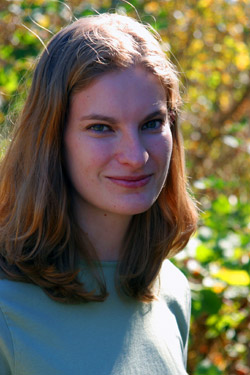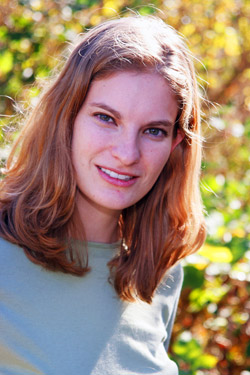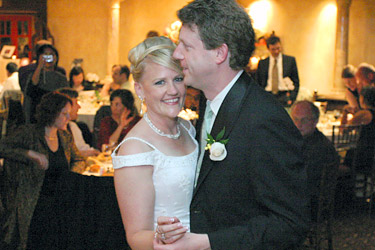Compact cameras generally use "Auto Flash" as their default mode. And for most flash photography, auto gets the job done. But if you want to improve your photos, to the point where they rival professional images, spend a few minutes exploring the other flash modes on your camera.
Start by locating the "lightening bolt" icon on you camera -- that's the universal symbol for electronic flash. If you're lucky, it's a button control on the back of your camera, which means easy access. Some cameras bury the flash controls in the menu system. If that's the case for your digicam, you'll have to dig a little deeper to find it.
My favorite option is "flash on." This control makes the flash fire regardless of the ambient lighting conditions. I use it often for outdoor portraits. Why, because when working in nature, the light isn't always coming from a flattering angle, such as with this image:

By enabling the "flash on" option, you can add a pleasing front light to the portrait, put a little sparkle in the eyes, and reduce skin imperfections. Look at the difference in this portrait.

A variation of this technique is the "slow synchro" flash mode. Sometimes this option is located in the menu items as "Nighttime Flash," "Nighttime Portrait," or "Night Snapshot." I use this mode at evening parties or whenever I want to capture some background environment along with the main subject.
Slow synchro flash will immediately elevate your party shots above everyone else's who will have a dark background and a harshly lit subject. The main thing to keep in mind is to hold the camera very still during exposure, even for a second or two after the flash has fired. That will keep your background from becoming too blurry. Here's an example.

These simple techniques will dramatically improve your pictures. If you'd like to learn more, check out my Digital Photography Pocket Guide, 3rd Edition. And feel free to post your questions and comments here. See you next time!
If you haven't listened to it already, you can download the podcast here (26 minute show).












Is there such a thing as free record databases? ...short of going to the courthouse.